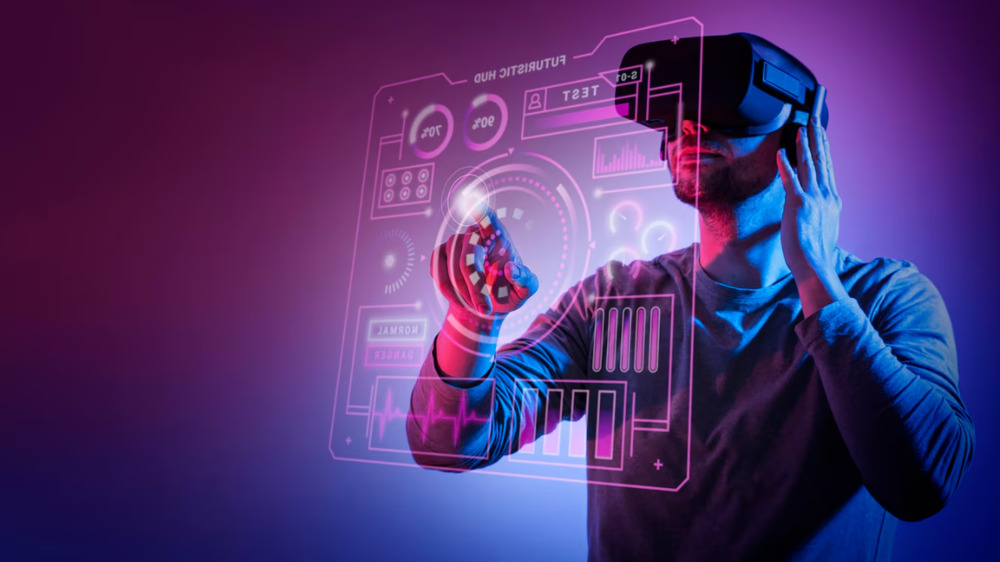In the rapidly evolving world of technology, understanding the distinctions between machine learning and deep learning is crucial for anyone interested in artificial intelligence. Both fields are transforming industries, from healthcare to finance, but they operate on different principles and methodologies. Let’s dive into the key differences, supported by rich statistics and clear tables, to help you grasp these concepts better! ?

What is Machine Learning?
Machine learning (ML) is a subset of artificial intelligence that enables systems to learn from data and improve their performance over time without being explicitly programmed. It encompasses various algorithms and techniques that allow computers to identify patterns and make decisions based on data.
Key Statistics on Machine Learning
- Market Growth: The global machine learning market is projected to reach $117.19 billion by 2027, growing at a CAGR of 39.2% from 2020 to 2027. ?
- Adoption Rate: According to a recent survey, 61% of organizations have adopted machine learning in some capacity.
| Year | Market Size (in Billion $) | CAGR (%) |
|---|---|---|
| 2020 | 1.58 | - |
| 2021 | 8.42 | 53.2 |
| 2022 | 15.31 | 81.5 |
| 2023 | 22.45 | 46.2 |
| 2027 | 117.19 | 39.2 |
What is Deep Learning?
Deep learning (DL) is a specialized subset of machine learning that uses neural networks with many layers (hence "deep") to analyze various factors of data. It mimics the human brain's architecture, allowing for more complex data processing and pattern recognition. Deep learning is particularly effective in tasks such as image and speech recognition.
Key Statistics on Deep Learning
- Market Growth: The deep learning market is expected to grow from $3.2 billion in 2020 to $126 billion by 2027, at a staggering CAGR of 42.8%. ?
- Performance: Deep learning models can outperform traditional machine learning models by up to 20% in tasks like image classification.
| Year | Market Size (in Billion $) | CAGR (%) |
|---|---|---|
| 2020 | 3.2 | - |
| 2021 | 5.1 | 59.4 |
| 2022 | 8.5 | 66.7 |
| 2023 | 12.3 | 44.7 |
| 2027 | 126 | 42.8 |
Key Differences Between Machine Learning and Deep Learning
Understanding the differences between machine learning and deep learning can help you choose the right approach for your projects. Here’s a comparison table that highlights the main distinctions:
| Feature | Machine Learning ? | Deep Learning ? |
|---|---|---|
| Data Dependency | Requires less data | Requires large datasets |
| Feature Engineering | Manual feature selection | Automatic feature extraction |
| Model Complexity | Simpler models | Complex neural networks |
| Training Time | Shorter training time | Longer training time |
| Interpretability | Easier to interpret | Harder to interpret |
| Use Cases | Fraud detection, recommendation systems | Image recognition, natural language processing |
Applications of Machine Learning and Deep Learning
Both machine learning and deep learning have a wide range of applications across various industries. Here are some notable examples:
Machine Learning Applications
- Fraud Detection: Financial institutions use machine learning algorithms to detect fraudulent transactions by analyzing patterns in transaction data.
- Recommendation Systems: Companies like Netflix and Amazon utilize machine learning to recommend products or content based on user behavior.
Deep Learning Applications
- Image Recognition: Deep learning is widely used in facial recognition systems, enabling security features in smartphones and social media platforms.
- Natural Language Processing: Virtual assistants like Siri and Alexa rely on deep learning to understand and respond to user queries effectively.
Conclusion
In summary, while both machine learning and deep learning are integral to the advancement of artificial intelligence, they serve different purposes and operate on different principles. Machine learning is ideal for simpler tasks with less data, while deep learning excels in complex scenarios requiring vast amounts of data. As technology continues to evolve, understanding these differences will empower you to make informed decisions in your AI endeavors. ?
For more insights into the world of artificial intelligence, check out resources like Towards Data Science and KDnuggets. Happy learning! ?



